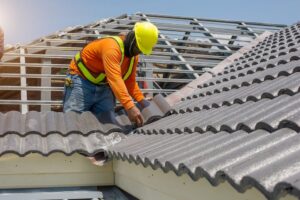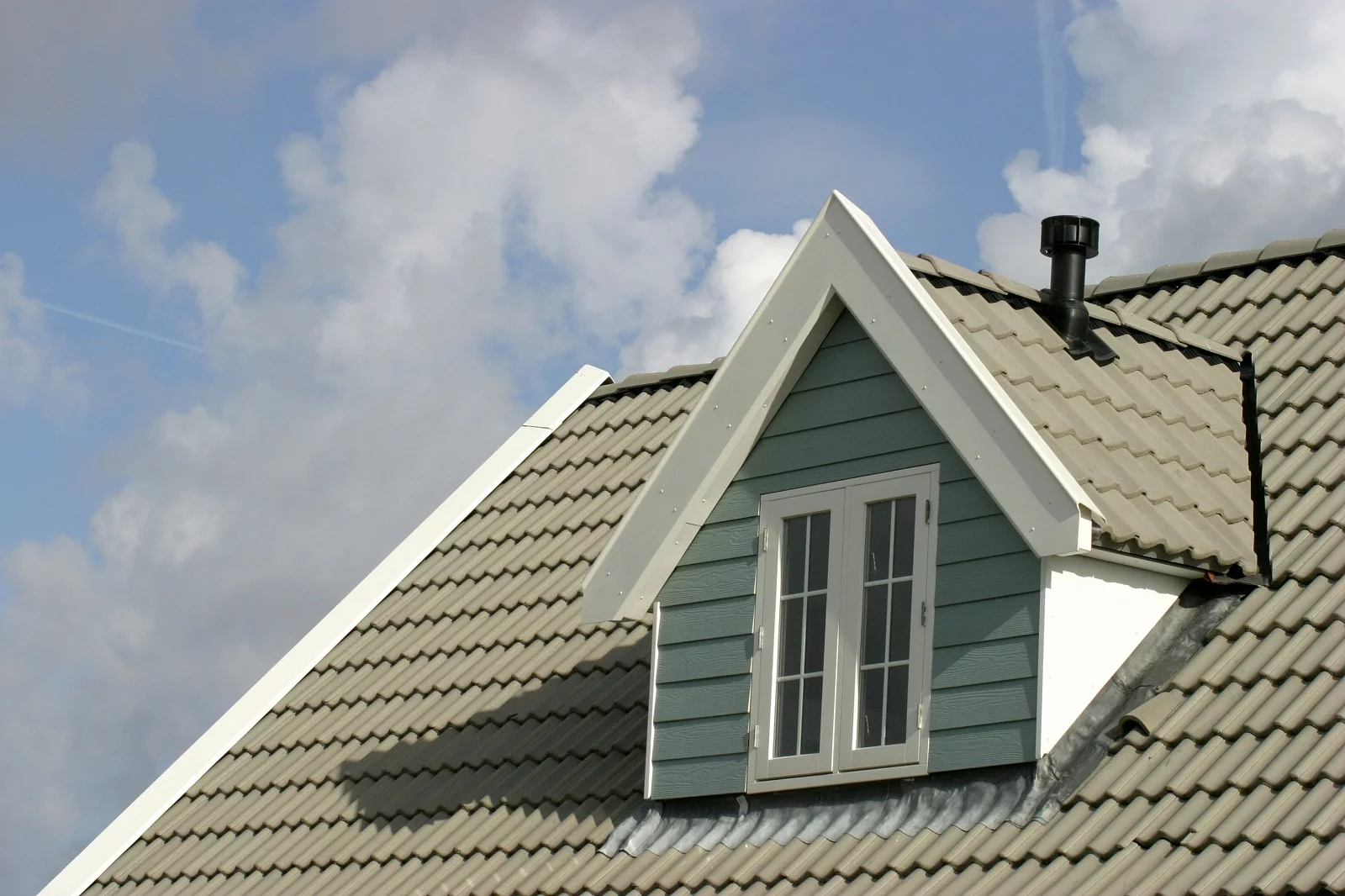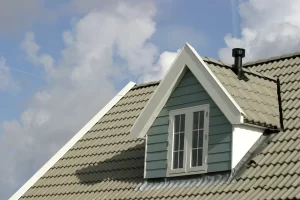The Environmental Benefits of Reroofing with Sustainable Materials
When considering a home renovation, the roof is one of the most critical elements to evaluate. Not only does it protect the structure from the elements, but it also plays a significant role in energy efficiency and sustainability. Choosing to reroof with sustainable materials can have long-term environmental benefits, reducing waste, improving energy consumption, and decreasing the overall carbon footprint of a home. As more homeowners become conscious of their environmental impact, reroofing with eco-friendly materials presents an excellent opportunity to make a lasting difference.
Reducing Waste and Promoting Recycling
 Traditional roofing materials, such as asphalt shingles, have a relatively short lifespan and contribute significantly to landfill waste. When old roofing materials are removed and discarded, they often end up in landfills, where they take decades to decompose. Sustainable roofing materials, on the other hand, prioritize recyclability and longevity. Metal roofing, for instance, is often made from recycled materials and can be recycled again at the end of its life cycle. Other options, such as clay tiles and reclaimed wood shingles, further minimize the environmental burden by repurposing natural resources. click here for more information.
Traditional roofing materials, such as asphalt shingles, have a relatively short lifespan and contribute significantly to landfill waste. When old roofing materials are removed and discarded, they often end up in landfills, where they take decades to decompose. Sustainable roofing materials, on the other hand, prioritize recyclability and longevity. Metal roofing, for instance, is often made from recycled materials and can be recycled again at the end of its life cycle. Other options, such as clay tiles and reclaimed wood shingles, further minimize the environmental burden by repurposing natural resources. click here for more information.
Additionally, some manufacturers now offer programs that allow homeowners to recycle their old roofing materials instead of discarding them. This reduces the strain on landfills and promotes a more circular economy in the construction industry. By selecting materials that can be reused or recycled, homeowners contribute to a more sustainable construction process.
Enhancing Energy Efficiency and Reducing Carbon Emissions
One of the most significant environmental benefits of reroofing with sustainable materials is improved energy efficiency. Traditional roofing materials often absorb heat, causing indoor temperatures to rise and increasing the need for air conditioning. In contrast, sustainable materials are designed to reflect sunlight and regulate indoor temperatures more effectively.
Cool roofing materials, such as metal roofs with reflective coatings or light-colored clay tiles, help deflect solar heat, reducing the energy needed to cool a home. Green roofs, which involve planting vegetation on a specially designed roofing system, provide additional insulation and reduce heat absorption. This not only lowers energy costs but also reduces carbon emissions associated with excessive energy use.
Another eco-friendly option is solar roofing, which integrates solar panels directly into the roof design. By generating clean, renewable energy, solar roofing helps reduce reliance on fossil fuels, further decreasing a home’s carbon footprint. Investing in energy-efficient roofing solutions allows homeowners to contribute to a cleaner environment while enjoying long-term savings on utility bills.
Supporting Sustainable Resource Management
Many traditional roofing materials are sourced from non-renewable resources, which can contribute to deforestation, mining degradation, and other forms of environmental harm. Sustainable roofing materials prioritize ethical sourcing and renewable resources to minimize ecological impact.
Bamboo roofing, for example, is an excellent choice due to the rapid growth rate of bamboo plants. Similarly, wood shingles sourced from sustainable forestry practices ensure that trees are replenished at the same rate they are harvested. Clay and slate tiles are naturally occurring materials that do not require intensive manufacturing processes, reducing pollution and energy consumption.
By selecting roofing materials that are sourced responsibly, homeowners can support sustainable industries that prioritize environmental conservation. This approach encourages businesses to adopt greener practices, ultimately benefiting the planet as a whole.
Improving Air and Water Quality
Roofing choices have a direct impact on both air and water quality. Traditional roofing materials can release harmful chemicals into the environment over time, especially as they degrade. Sustainable options, such as clay, metal, and green roofs, do not emit harmful pollutants, making them a healthier choice for both homeowners and the surrounding ecosystem.
Green roofs, in particular, offer additional environmental benefits by improving air quality and managing stormwater runoff. The vegetation on green roofs absorbs carbon dioxide, filters pollutants from the air, and produces oxygen. Additionally, these roofs help absorb rainwater, reducing runoff that can carry pollutants into local waterways.
By investing in eco-friendly roofing, homeowners can play a role in reducing air and water pollution while creating a healthier living environment.

Long-Term Durability and Reduced Maintenance
Sustainability is not just about the materials used but also about longevity. Traditional asphalt shingles may need to be replaced every 15 to 20 years, leading to increased waste and resource consumption. In contrast, many sustainable roofing options are designed to last significantly longer.
Metal roofing, for example, can last 50 years or more with minimal maintenance. Clay and slate tiles are known for their exceptional durability, often lasting for generations. Even recycled rubber roofing, made from repurposed tires, offers a long lifespan while diverting waste from landfills.
By choosing long-lasting roofing materials, homeowners can reduce the frequency of roof replacements, ultimately decreasing the environmental impact of manufacturing, transportation, and disposal. This contributes to a more sustainable approach to homeownership, where fewer resources are consumed over time.
